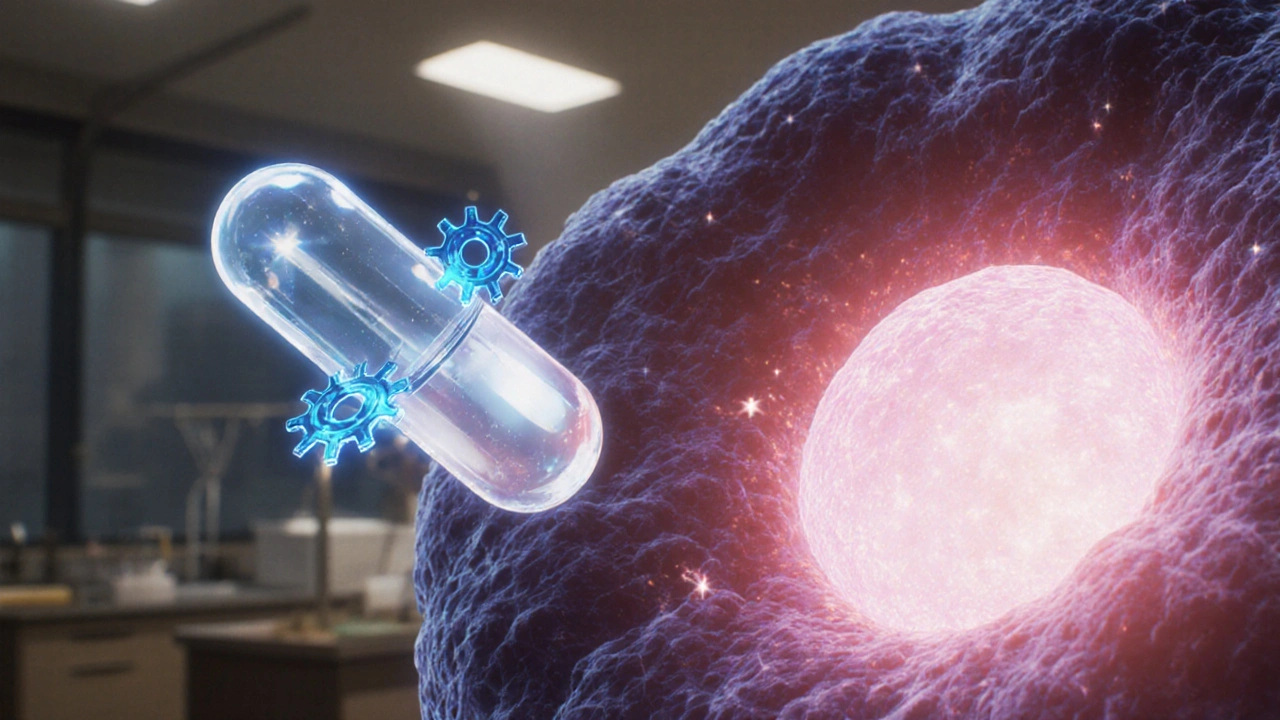Hormone Receptor-Positive Breast Cancer: Definitions, Treatments, and Insights
When dealing with hormone receptor-positive breast cancer, a type of breast cancer that grows in response to hormones such as estrogen or progesterone. Also known as HR+ breast cancer, it mainly affects post‑menopausal women but can appear at any age. This condition hormone receptor-positive breast cancer is driven by specific proteins on the cancer cells that bind hormones and fuel tumor growth.
Key players include the Estrogen Receptor (ER), a protein that, when activated by estrogen, promotes cell division and the Progesterone Receptor (PR), which works alongside ER to enhance hormone signaling. Therapies target these receptors directly or cut off estrogen supply. For instance, Endocrine therapy, treatments that block or modulate hormone activity aims to shut down the signal that fuels tumor cells. Aromatase inhibitors, a subgroup of endocrine drugs, reduce estrogen production by blocking the enzyme aromatase, which converts adrenal precursors into estrogen. Together, these approaches form a strategic trio: identify the hormone drivers, block their action, and prevent new estrogen from reaching the tumor.
Understanding these relationships helps you grasp why treatment plans often combine a selective estrogen receptor modulator (like tamoxifen) with an aromatase inhibitor or a CDK4/6 inhibitor for advanced cases. It also explains why regular monitoring of ER and PR status is essential before and during therapy. Below you’ll find a curated collection of articles that dig deeper into each of these topics, from hormone testing to the latest drug comparisons, giving you practical guidance for managing HR+ breast cancer.

